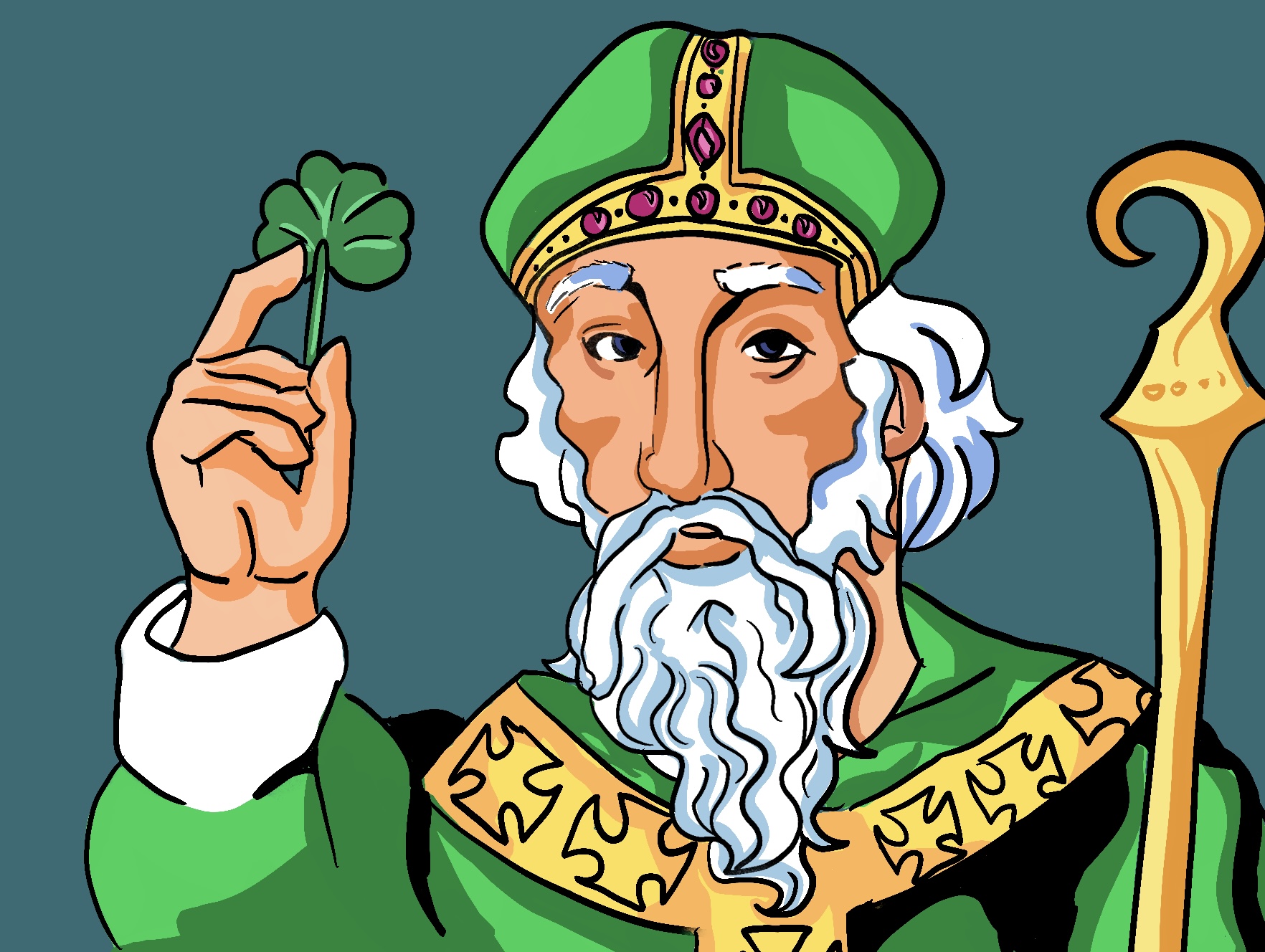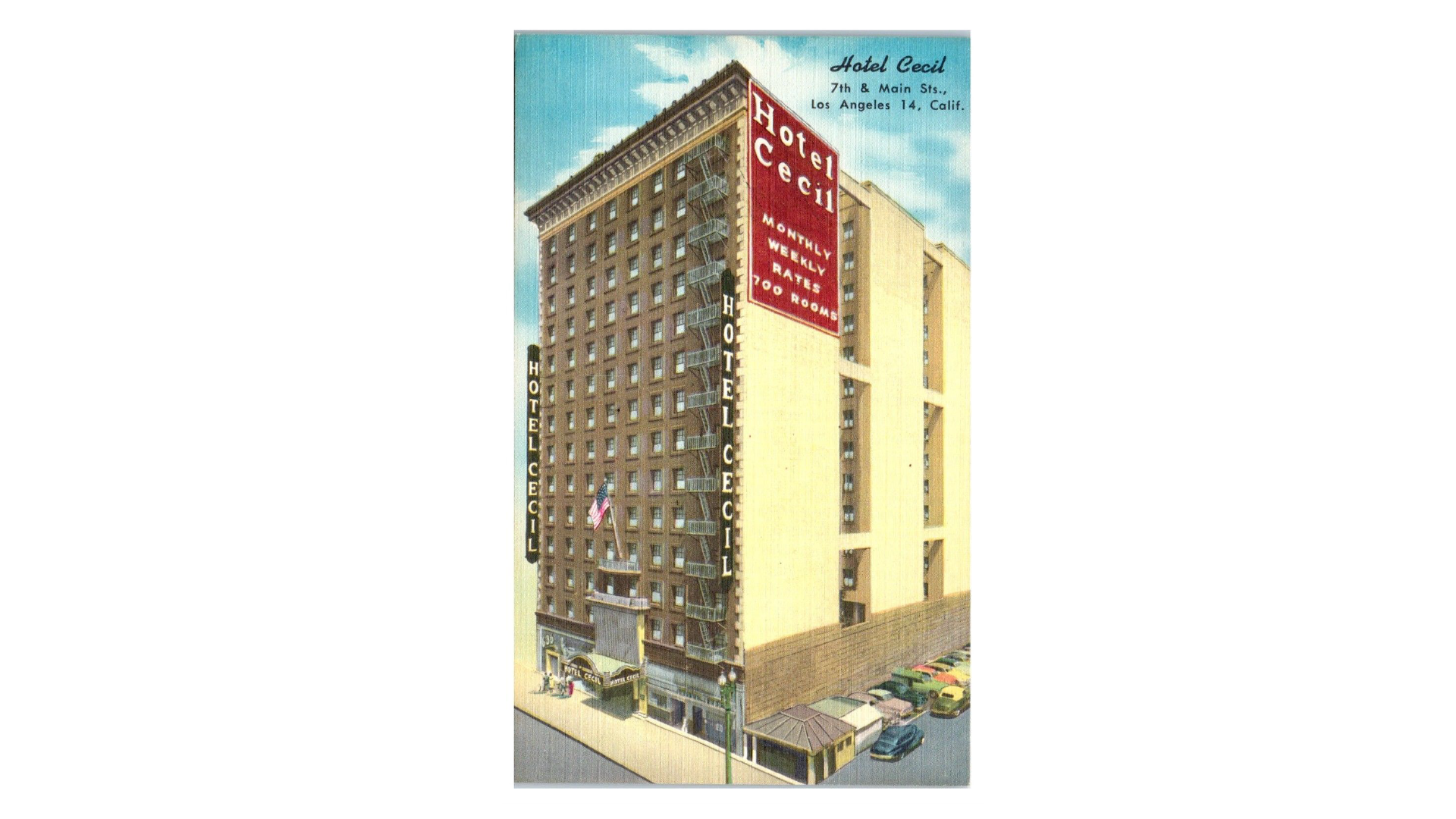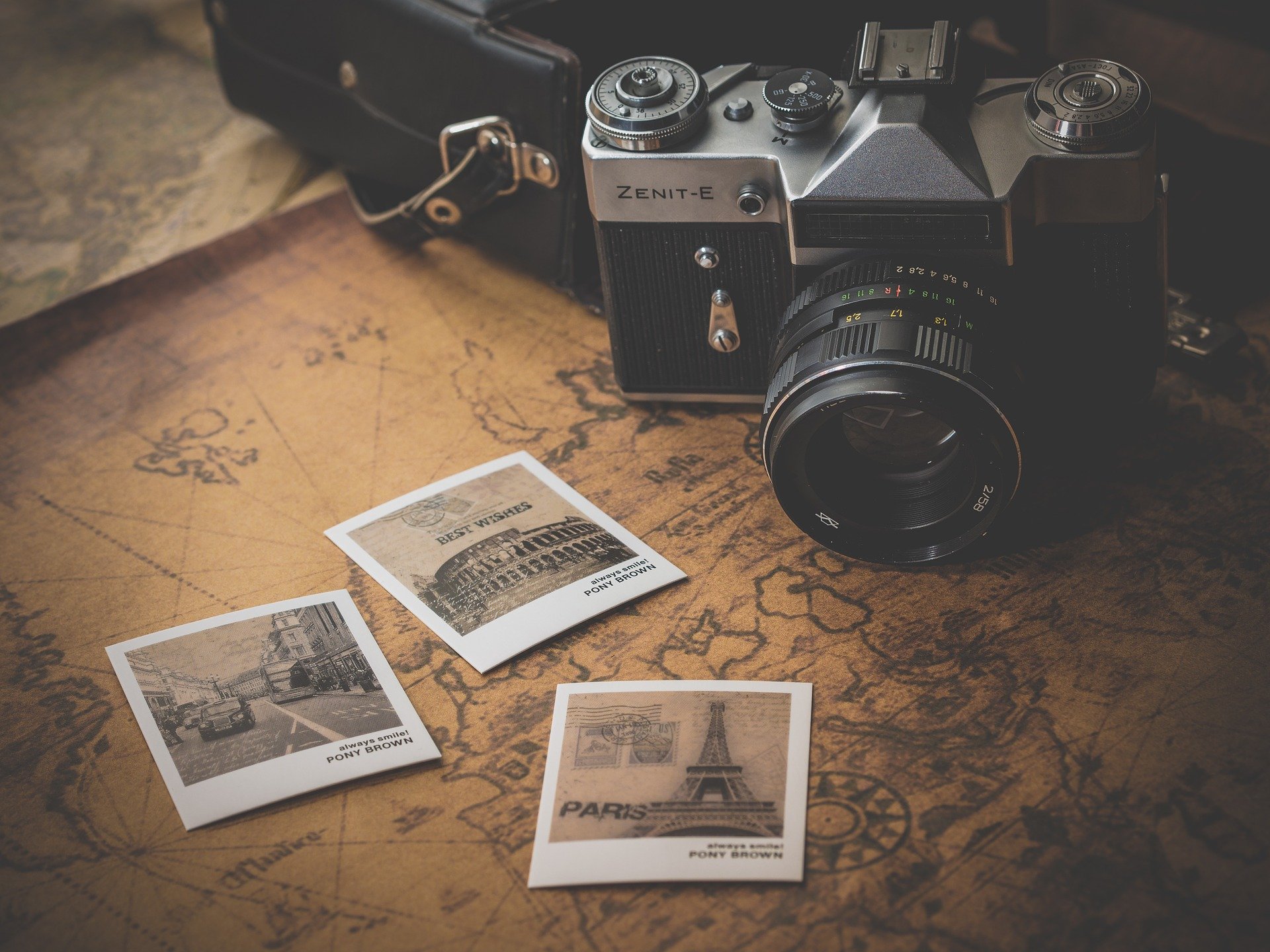St. Patrick’s Day: What’s it really about?
How learning my heritage made me want to learn more about my ancestors and the origins of holidays.
A couple of years ago I took an ancestry DNA test because I was curious about my heritage. When I first got the results back they had Ireland and Scotland together as one, but after recently looking at it again, they separated the two. And according to my results, I am about a quarter Irish. Knowing where my heritage comes from was important, but learning the history that comes with it was even more so.
With this in mind and St. Patrick’s Day just around the corner, I felt like I needed to actually learn what this holiday is all about. In the United States of America, St. Patrick’s day is celebrated on March 17 and typically characterized by wearing green, eating corned beef and cabbage and drinking. But what is the origin of the holiday, and how do they celebrate it in Ireland?
In the article “History of St. Patrick’s Day,” the History.com editors explain that St. Patrick, whom the holiday is named after, was not born in Ireland, he didn’t even get there until he was 16. However, he “was credited with bringing Christianity to its people.” So, when he died on March 17, 461 the Irish decided to celebrate him.
As stated in this article, “The Irish have observed this day as a religious holiday for over 1,000 years. On St. Patrick’s Day, which falls during the Christian season of Lent, Irish families would traditionally attend church in the morning and celebrate in the afternoon. Lenten prohibitions against the consumption of meat were waived and people would dance, drink and feast on the traditional meal of Irish bacon and cabbage.”
It’s interesting to know that even a holiday like St. Patrick’s day, which is seen today as a day of drinking, is rooted in religious origins, like many other holidays. When you are learning about your own heritage and where you came from, learning about these kinds of things feels more personal because it is something you are connected with.
The religious founding of the holiday is also reflected in one of the most iconic symbols of the holiday, the shamrock. As the editors from History.com explained in their article, the “most well-known legend of St. Patrick is that he explained the Holy Trinity (Father, Son and Holy Spirit) using the three leaves of a native Irish clover, the shamrock.”
Another interesting aspect of the holiday that I learned was that the first St. Patrick’s Day parades actually took place in the U.S, not in Ireland. In 1845 a wave of Irish immigrants came to the U.S. due to the Great Potato Famine. So, when St. Patrick’s Day came around “Irish Americans in the country’s cities took to the streets on St. Patrick’s Day to celebrate their heritage, newspapers portrayed them in cartoons as drunk, violent monkeys.”
What happened to the Irish immigrants is something that happened to many immigrants not seen as “good enough” to be in the U.S. The media attempted to do everything they could to make Irish individuals look so bad that living day to day life became difficult, instead of being open to people who are different. This is something that should never have happened because the U.S. is supposed to be open for anyone and everyone, no matter their background — yet this divide of who was good enough would continue, and still happens to other communities.
Personally, I feel that part of the reason this happened was due to the fact that people did not understand the meaning behind St. Patrick’s Day, and did not take the time to learn about it. If people took the time to ask what they were celebrating, then maybe this divide and discrimination towards Irish immigrants may have not been as dramatic as it was.
A step toward this understanding and acceptance was taken by President Truman when he attended a St. Patrick’s Day parade in New York in 1948. As explained in the History.com article, this was “a proud moment for the many Irish Americans whose ancestors had to fight stereotypes and racial prejudice to find acceptance in the New World.”
Understanding the significance behind any holiday is incredibly important. It allows you to understand why a group celebrates and what is important to them. For some, it is a way to celebrate and share the religion they practice with others. It is also a way for individuals to pay homage to their heritage.
Learning about your heritage, and the history it carries, knowing that you are a part of something greater than yourself is so interesting and being able to stand up for your ancestors and continue to spread the truth of a holiday is a very rewarding feeling. I myself have not dealt with the backlash of being Irish other than not being Irish enough to technically count, but that’s not the point. The point is to spread the knowledge of a holiday that is part of my heritage.



